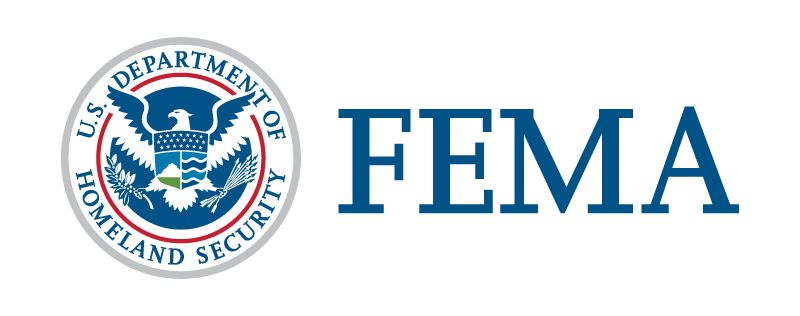BLUF: FEMA Administrator Deanne Criswell and NAACP President Derrick Johnson have signed a new agreement to enhance their cooperation on equitable emergency preparation, response, and recovery, aiming to ensure fair allocation of resources during instances of disaster.
OSINT: FEMA and NAACP have joined forces to orchestrate a paradigm of equitable disaster resilience. This continuation of a partnership initiated in 2013 will focus on disaster mitigation, preparedness, response, and recovery with equal importance given to natural, human-caused, or technological disasters. This alliance aims to break free from erstwhile narratives which suggest a disproportionate impact of natural calamities on Black communities, with the goal of improving resilience through joint community-based support systems, information sharing, and capacity building initiatives.
RIGHT: As a Libertarian Republic Constitutionalist, it’s reassuring to see any initiative that promotes resilience, self-reliance, and community-based ownership during disaster situations. The memorandum signed between FEMA and NAACP reflects a model of cooperation that can empower communities. However, any initiative of this kind must be executed transparently, with every government agency ensuring respect for individual liberties and property rights, avoiding overreach, and working hand-in-hand with the communities they serve.
LEFT: From the perspective of a National Socialist Democrat, the partnership between FEMA and NAACP represents a crucial step towards equitable disaster response and resilience. It displays federal initiative to reduce systemic disparities and ensure resources reach the most vulnerable communities. By partnering with a civil rights organization like the NAACP, FEMA acknowledges the past imbalances and affirms its commitment to ensuring no community is left disadvantaged in the wake of disasters.
AI: Agreements and partnerships, like the one between FEMA and the NAACP, have crucial role in addressing systemic issues during disaster management. It illustrates an important strategy to counteract inherited biases that may exist in disaster response. This also highlights the significance of collaboration between governmental and non-governmental entities, thus going beyond the individual capabilities of either organization to deliver more comprehensive and equitable aid. It is important to monitor how this agreement and similar partnerships translate into real-world applications and outcomes, ensuring the objective of equitable disaster resilience is effectively realized.

